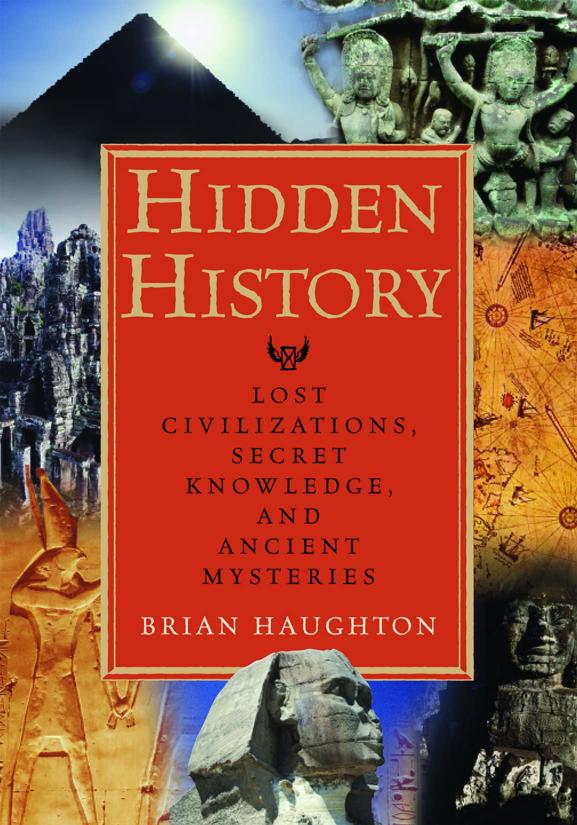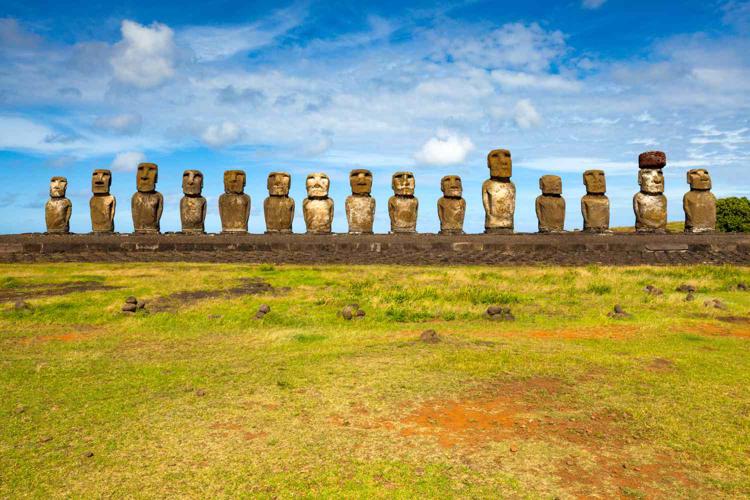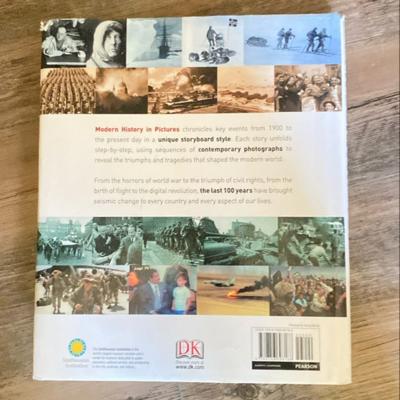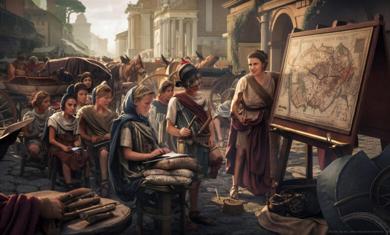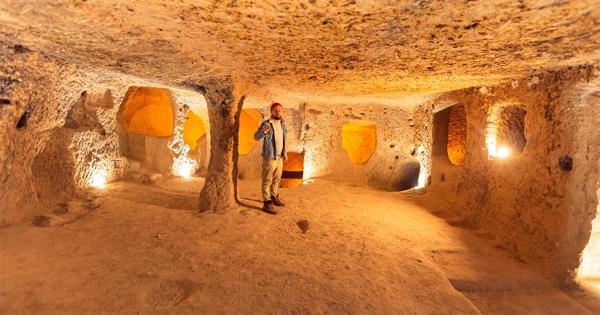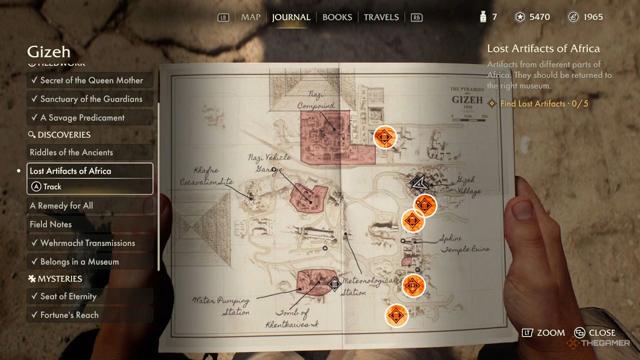Echoes of the Past: The Science of Ancient Ruins
Uncovering History Through the Science of Ancient Ruins
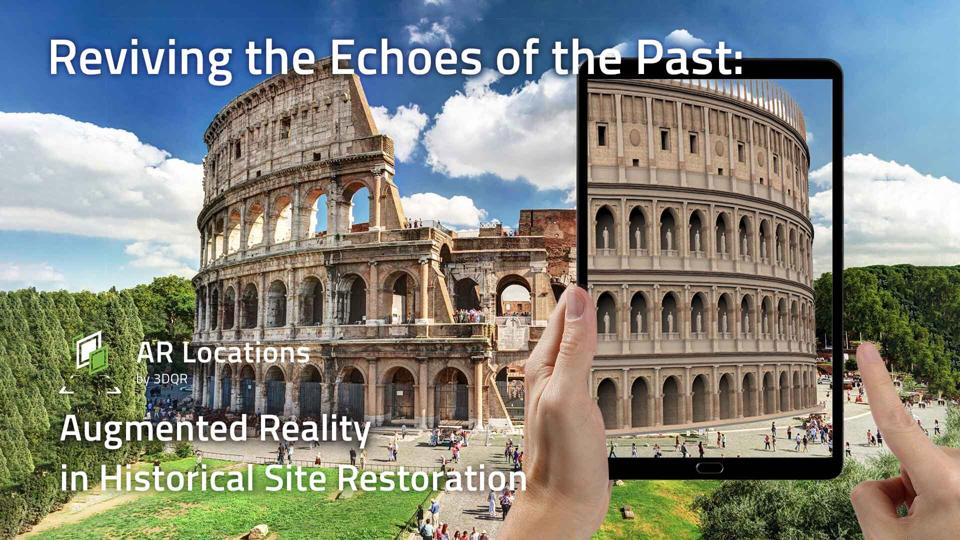
Frequently Asked Questions
The main challenges include environmental factors like weathering and erosion, urban development that threatens site integrity, tourism that can lead to damage, and lack of funding for conservation efforts.
Technology aids archaeology by allowing for non-invasive exploration techniques like Ground Penetrating Radar and drones for site mapping. Additionally, 3D modeling and GIS help in documenting and analyzing sites more effectively.
Step by Step Guide
1
Understanding Ancient Ruins
Ancient ruins are remnants of past civilizations, showcasing architecture, culture, and technology of their time. It is essential to appreciate the historical context and significance of these remains in order to understand their impact on modern society.
2
Initial Research
Before visiting or studying any ancient ruin, conduct thorough research on the civilization that built it. Look at historical records, archaeological findings, and previous studies to gain insights into their lifestyle, belief systems, and technological advancements.
3
Site Analysis
Perform a detailed site analysis, which includes examining the layout, materials used, construction techniques, and preservation state. Understanding these aspects can reveal the ingenuity and craftsmanship of ancient builders.
4
Archaeological Techniques
Familiarize yourself with various archaeological methods such as excavation, surveying, and mapping. Each technique is vital to uncovering layers of history, artifacts, and evidence of how ancient societies functioned.
5
Technology in Archaeology
Modern technology plays an essential role in archaeology. Learn about tools such as Ground Penetrating Radar (GPR), 3D modeling, and Geographic Information Systems (GIS) that help archaeologists to discover and document ancient ruins more effectively.
6
Cultural Significance
Analyze the cultural significance of the ruins. Explore how they reflect the beliefs, traditions, and identities of the people who created them. This understanding can deepen our appreciation of cultural heritage.
7
Preservation Challenges
Investigate the challenges faced in preserving ancient ruins, which may include environmental factors, urban development, and tourism. Understanding these threats is crucial for developing effective conservation strategies.
8
Collaboration with Local Communities
Engage with local communities to garner support for preservation efforts. Local knowledge and perspectives are invaluable in understanding the history and significance of these ruins.
9
Visitor Education and Engagement
Create educational programs and resources for visitors to enhance their understanding of the ruins. Guided tours, workshops, and interpretive signs can significantly improve public interest and respect for these historical sites.
10
Continual Research and Documentation
Conduct ongoing research and documentation. Archaeology is a constantly evolving field; staying updated with new findings and theories can lead to breakthroughs in understanding ancient cultures.
11
Publishing Findings
Share your research findings with the academic community and the general public. Writing articles, reports, or books can help raise awareness and interest in ancient history and the importance of preserving these sites.
12
Incorporating Art and Media
Utilize art and media to depict ancient ruins creatively. This can include documentaries, virtual reality experiences, and artistic interpretations that bring the past to life.
13
Fostering Global Connections
Collaborate with international scholars and archaeologists to exchange knowledge and techniques. Global connections can lead to a better understanding of shared human history and enhance preservation efforts.
14
Ethics in Archaeology
Consider the ethical implications of archaeological work. This includes respecting the cultures of those whose artifacts are studied, ensuring that excavation work does not damage the site, and prioritizing the rights of local populations.
15
The Future of Archaeology
Reflect on the future of archaeology, particularly the integration of new technologies and approaches to studying ancient ruins. What innovations will help us discover more about our past? How can we better preserve our world heritage?



